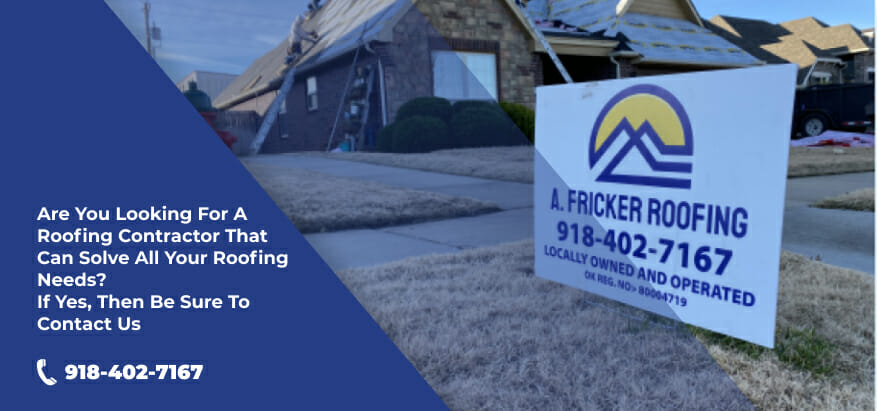When the news warns of a severe storm you may start worrying about your home, and especially your roof. Will it hold up against the hail, heavy rain, or flying debris? If you’ve ever had this concern, you’re not alone. Oklahoma is a state known for its harsh climate, which takes a toll on your roof.
With weather patterns becoming more unpredictable and extreme, it’s a smart choice to look for ways to protect your property better. One way to do this is by choosing an impact-resistant roof.
At A. Fricker Roofing and Waterproofing, we have been installing premium, impact-resistant roofs for many happy homeowners. But what exactly is an impact-resistant roof, and is it worth the investment? In this blog post, we’ll break it all down for you, so you can make an informed decision about whether this type of roofing system is right for your home.
What Is An Impact-Resistant Roof?
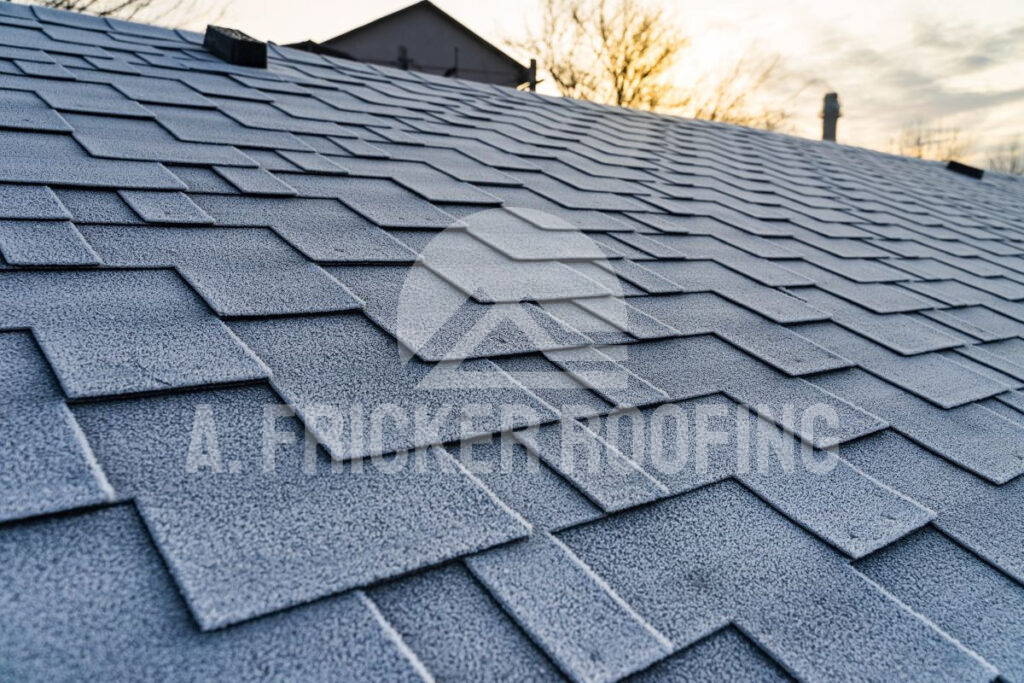
An impact-resistant roof is designed to withstand the kind of damage that ordinary roofs might not survive. The key difference lies in the materials used, since impact-resistant roofs are built with tougher materials that can handle severe weather conditions, such as hailstorms or high winds.
Impact-resistant roofs undergo rigorous testing to ensure they can stand up to real-world conditions. They are rated according to the UL 2218 standard, which classifies roofs from Class 1 to Class 4, with Class 4 being the most resistant. This rating is based on how well the roof can endure the impact of a steel ball dropped from a certain height, simulating hail hitting your roof.
When you hear the term impact-rated roof, most contractors are referring to impact-rated asphalt shingles. However, there are other choices, such as metal, composite, and even some types of tile, for enhanced durability.
Pros Of Impact-Resistant Roofs
Choosing an impact-resistant roof offers several benefits that can make a big difference in the protection of your home, especially if you live in an area prone to severe weather.
Better Protection For Your Roof
The biggest advantage is the protection these roofs provide. Oklahoma is one of the most vulnerable states to wind and hail storms. While your roof is built to protect against these conditions, heavy hail stones can cause serious damage. In 2022 and 2023 alone, the state witnessed over 200 cases of hail. This may sound alarming but you don’t need to worry about it as much when you have impact-resistant roofing material.
Whether it’s hail, high winds, or flying debris, an impact-resistant roof is built to withstand what Mother Nature throws at it. This can help prevent damage not just to the roof itself, but also to the interior of your home.
Impact-Resistant Roofs Look Great:
Roofs play a crucial role in improving the curb appeal of your home, and impact-resistant roofs are no different. They help improve the overall appearance of a home which is a necessity for modern homeowners.
They do this through manufacturing processes that provide a variety of styles and materials, so you don’t have to sacrifice the look of your home for durability. Whether you prefer the look of traditional shingles or premium slate, there’s likely an impact-resistant option that suits your taste.
Impact-Rated Roofs Increase Energy Efficiency
Class 4 impact-resistant roofing materials are not only an advancement in terms of protection, they are also more energy efficient.
Impact-resistant shingles are typically made with more durable materials, such as polymer or rubber-infused asphalt, which can provide additional insulation. These materials can reduce heat transfer between the roof and the home, helping maintain a more stable indoor temperature.
Many of these shingles are also designed with reflective surfaces or coatings that can deflect sunlight. This reduces the amount of heat absorbed by the roof, keeping the interior cooler. This is especially beneficial in hot climates, where cooling costs can be high. By lowering heat absorption, air conditioning usage can be reduced, resulting in energy savings.
Reduce Insurance Premiums
One of the practical advantages of installing impact-resistant shingles is the potential for insurance benefits. Many insurance companies recognize the reduced risk of damage associated with these durable materials and offer discounts on homeowners’ insurance premiums. By investing in an impact-resistant roof, you may not only protect your home better, but also save money on your insurance costs. This reduction in premiums can help offset the initial investment in the shingles, making them a financially savvy choice in the long run.
Peace Of Mind
There’s nothing more valuable than peace of mind when it comes to protecting your home. Impact-resistant shingles offer exactly that, giving you the confidence you need to feel that your roof can withstand severe weather conditions. With their durability, you won’t have to worry every time a storm rolls in, knowing your roof is designed to handle the worst. This reliability allows you to focus on what really matters, without the constant concern about potential roof damage.
Cons Of Impact-Resistant Roofs
Of course, no roofing solution is perfect, and there are some downsides to consider when it comes to impact-resistant roofs.
Higher Initial Costs:
The upfront cost is the most obvious drawback. Class 4 impact-resistant shingles are thicker and use high-quality materials, allowing them to withstand the harmful effects of hail storms. However, these protective characteristics make the shingle more expensive than traditional options.
Availability Can Be An Issue
Depending on where you live, certain impact-resistant materials may be harder to find, or there might be fewer contractors experienced in installing them. This could lead to delays or higher installation costs.
Comparing Impact-Resistant Roofs to Traditional Roofing Materials
When considering an impact-resistant roof, it’s helpful to compare it to traditional roofing options to see what you’re gaining and what you might be giving up.
Performance:
Impact-resistant roofs generally perform better in extreme weather compared to traditional roofs. While a standard asphalt shingle roof might need to be replaced after a severe hailstorm, an impact-resistant roof is more likely to come through unscathed.
Cost-Benefit Analysis:
As we’ve discussed, the higher initial cost can be offset by the potential savings on repairs, replacements, and insurance. However, if you live in an area with mild weather, the extra cost might not be justified.
What Do Homeowners Say?
Many homeowners who have made the switch to impact-resistant roofs report feeling more secure during storms and feel relieved that they don’t have to worry as much about their roof’s condition.
Top Impact-Resistant Shingle Options
If you’re leaning towards asphalt shingles but want the added protection of impact resistance, here are some of the top options to consider:
GAF Timberline® ArmorShield II:
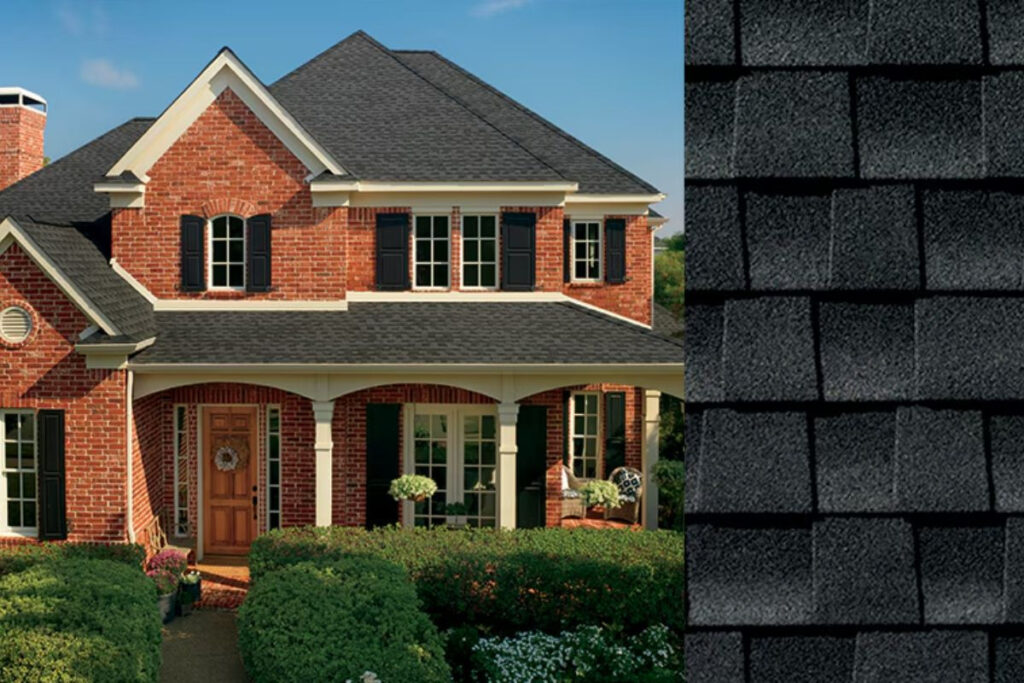
GAF Timberline AromorShield II, also known as AS II combines the classic look of asphalt with advanced impact resistance. It’s designed to stand up to hail and flying debris, making it a solid choice for storm-prone areas.
Owens Corning TruDefinition® Duration STORM®

Known for its SureNail Technology, this shingle offers superior holding power, which is crucial during high winds and storms. It’s also Class 4 rated, ensuring top-notch impact resistance, and with a wide range of high-definition color options, you will not need to worry about appearance either.
CertainTeed Belmont® IR

This is the impact-resistant version of CertainTeed’s much-loved Belmont shingles. With these roofing shingles you not only get the classic look of premium slate, but also a Class 4 impact rating too.
Other Impact-Resistant Roofing Options
While impact-resistant shingles are a popular choice, they’re not the only option if you’re looking for a roof that can handle severe weather. Here are a few other impact-rated materials to consider:
Metal Roofs:
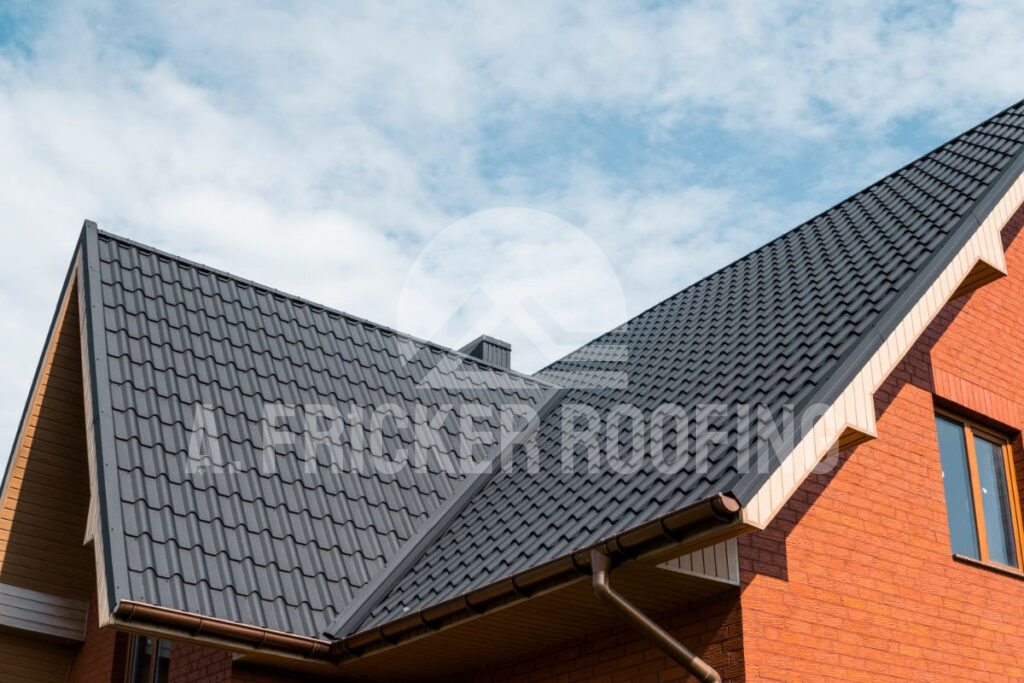
Metal roofs are incredibly durable and can last 50 years or more. They’re naturally impact-resistant, and some are even designed with special coatings to enhance their protection against hail and debris. However, there is a possibility of dents.
Tile Roofs:
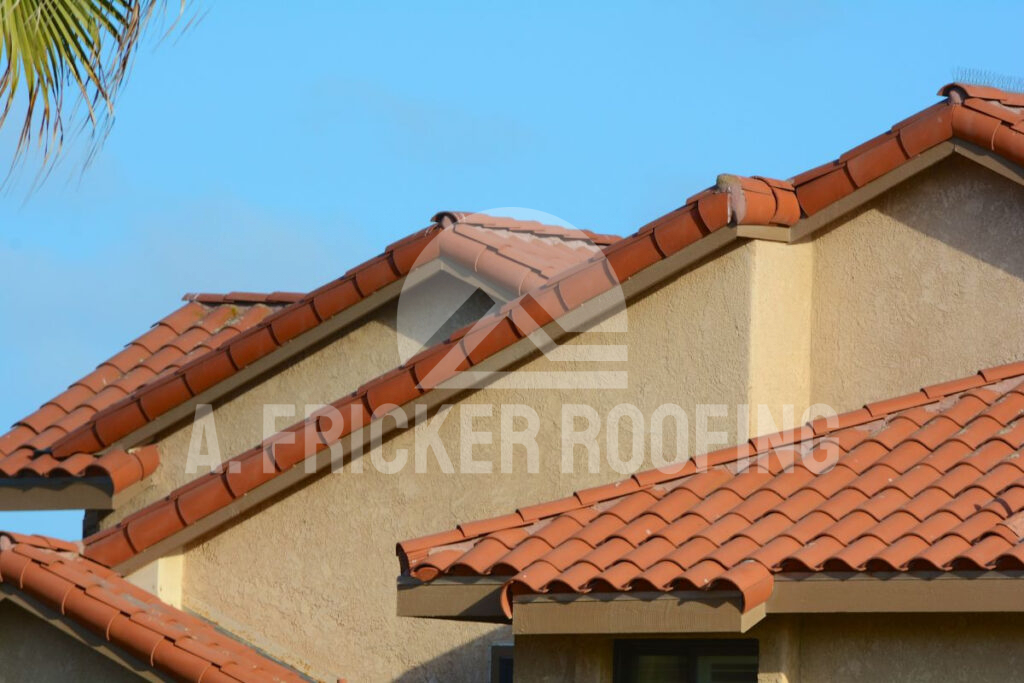
Both clay and concrete tiles are heavy and durable, offering excellent resistance to impacts. They’re particularly well-suited to areas with frequent hailstorms and provide a distinctive appearance to your home, but they require a strong structure to support their weight.
Slate Roofs:

Slate is one of the most durable roofing materials available, offering natural impact resistance and a lifespan that can exceed 100 years. It’s an investment, but one that pays off in longevity and performance. However, like tile, it requires a strong support structure.
We Install Quality Impact-Resistant Roofs
Choosing the right roof for your home is a big decision, especially if you live in an area prone to severe weather. As you can see, impact-resistant roofing systems can help protect your Oklahoma home from bad weather more efficiently.
If you want to make the most of your impact-resistant roof then it’s important to hire the team at A. Fricker Roofing and Waterproofing. We have years of experience and use some of the best brands of impact-rated shingles. We also install durable metal and tile roofs.
Contact us today at (918) 402-7167.

